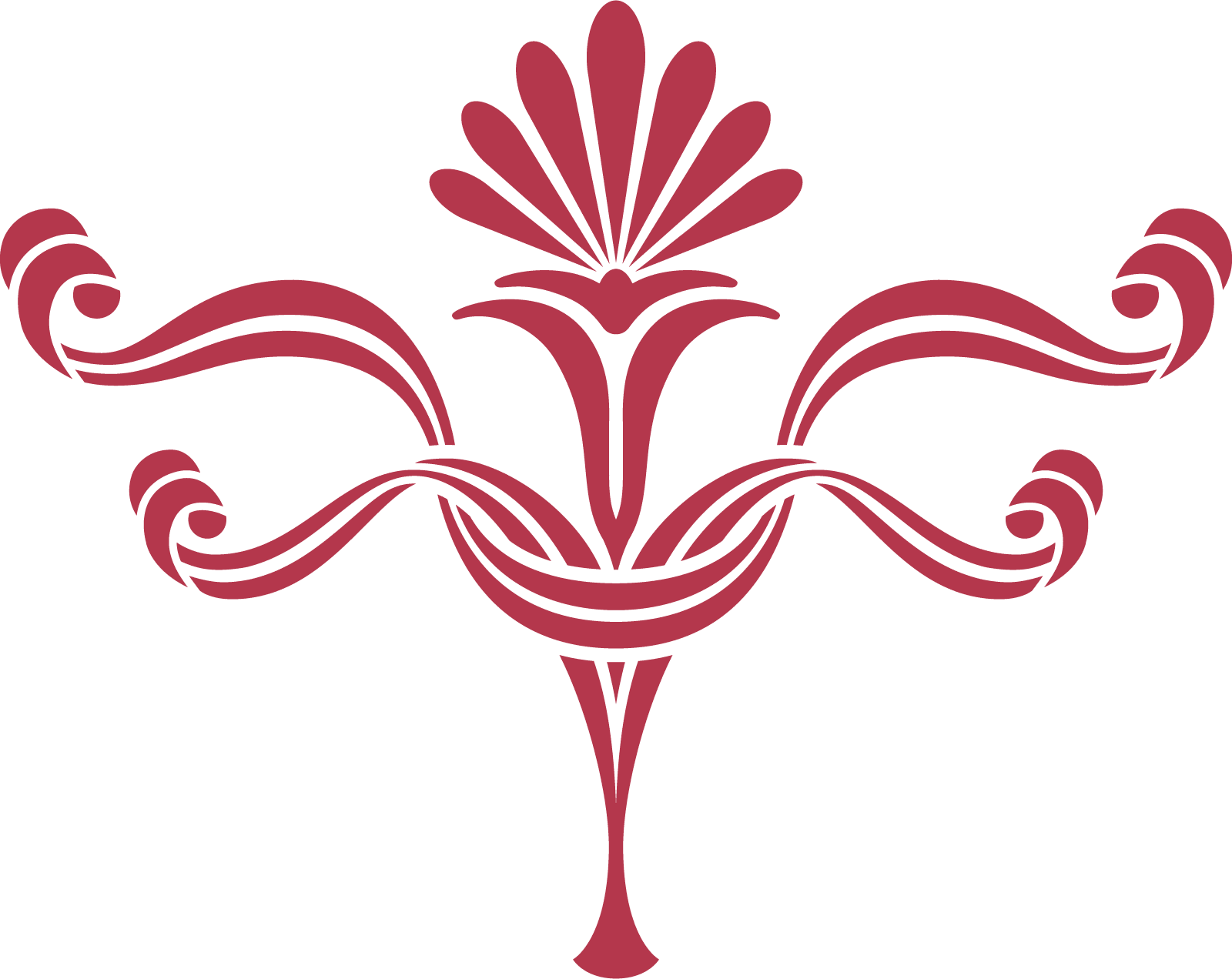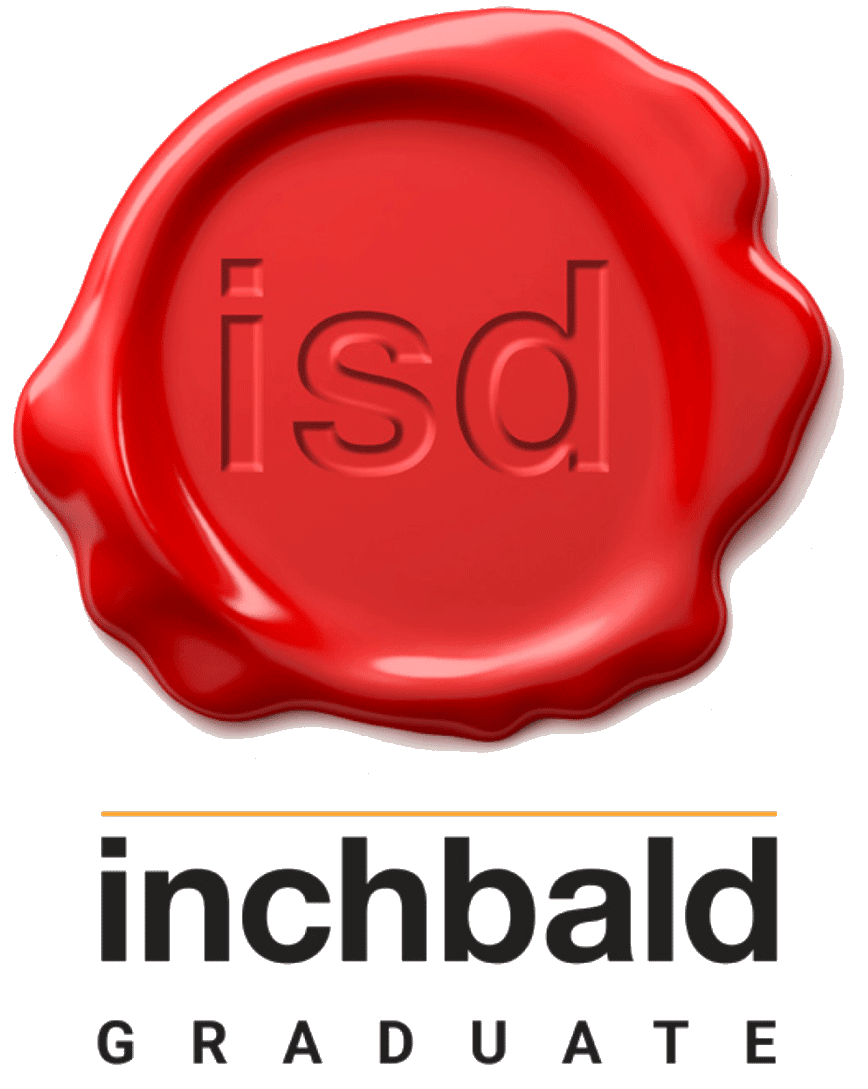Popular post-impressionist figurative painter - wife of abstract artist Roger Hilton
Rose Hilton lived in Cornwall for over 40 years, having moved to a farmhouse on Botallack Moor near St Just with Roger and their two sons in 1965. She was born at Leigh, near Tonbridge in Kent, the middle child of seven. Her parents were devout Plymouth Brethren, one of the most conservative of the Protestant sects, and they recognised Rose's artistic talents from an early age. The only outlet for such creativity as far as they were concerned, would be through teaching others, or as a hobby. Eager to escape the restrictions of home, Rose persuaded her parents to allow her to study at the Beckenham School of Art from where, in 1953, she won a scholarship to the Royal College of Art in London.
When Rose arrived at the Royal College of Art it was a traumatic experience. She had come from such a strict upbringing, including Bible reading after breakfast and the change was such a shock that her body couldn’t take it. In the summer of 1954 Rose contracted tuberculosis and was sent to a sanatorium. She spent the whole year reading and only returned to the RCA the following summer. "I didn’t really learn much from the tutors there. Rodrigo Moynihan was the professor and you never saw him, but he gave me a first so he must have noticed what I was doing. I actually learned much more from Roger [Hilton]. He translated all the French laws of painting that he had learned. My painting was different from his. He used to call mine old-fashioned because they were still-lifes. I really admired his work, but I didn’t know how he did it."
The teaching at the RCA was all about tonal painting and Rose discovered colour later on, through looking at French paintings. Roger had trained in France and his work was grounded in the European tradition. "His criticism of my paintings had a big influence on the development of my work and my attitude to colour. There is also October Painting, Yellow and Blue 1963 by Ivon Hitchens. Roger thought Ivon was a great painter (though he said that he couldn’t paint women). I think Hitchens broke new ground with landscape painting. He knew what he was doing. He would make preparatory drawings and then make a painting based on them - which is not something that you would think looking at the finished work. He made his paintings appear effortless. I love the freedom that they have, and they make sense as paintings."
When Roger and Rose got together she did much less painting. Roger had said to her “If you are going to be with me, then I’m going to be the painter”. Rose accepted things and considered this was her destiny. "Roger was someone who spoke his mind and he did not lie. There were quiet times when Roger was in his studio, or sleeping, or out with the poet Sidney Graham, when she would do some painting. Rose would bring her pictures into his studio at the back of the house. He would look at them for a long time and then tell me which areas needed working on."
Before Roger took to his bed for his last years, Rose’s secret was discovered. “He smelt the turps and asked me to show him what I’d been doing — a still life. It was a very exciting, but fearful, moment for me.” Roger’s verdict? He said, "If you must do this old-fashioned painting, I can help you do it better.’ I learnt more from him in an hour than I did in the whole of art school.”
Roger died in 1975, aged 63. By then he was widely recognised, with Sir Terry Frost and Patrick Heron, as among the key figures in post-1950's British art. If, throughout their marriage, he insisted that Rose play second fiddle to him as an artist, he also contributed to what would become her later emergence as a colourist of formidable stature in her own right. Roger’s lifelong belief in the metamorphic potential of alcohol allowed Rose the space, covertly, to paint. As she put it: “Roger would often go off drinking with Sydney Graham, the poet. "When he was gone and with the boys at school, I would paint".
Following his death, she took up her brushes with gusto. In 1977 she had her first solo show at Newlyn Art Gallery, and her post-impressionist, figurative paintings have achieved wide popularity since. Her work is often compared to that of the French Nabi painter, Pierre Bonnard and is noticeably influenced by that of Henri Mattisse. In 2008, a retrospective of Rose Hilton's work was held at Tate St Ives and included work from the past 50 years. The earliest is a life painting done at the Royal College just before Rose got ill. Many pictures reflect how the landscape and the weather have influenced both her palette and the subject. For example, in Grey Kitchen 2004 she deliberately set out to convey the sense of the soft, all-over greys of Cornwall sky and sea. Winter Botallack 2004 is a reaction to the strong winds that we get. Rose often walked her dog on Botallack Moor, and in this painting she was overcome by the wildness of the place, of the magenta coloured heather on the moor and the feel of the sea.
Rose Hilton's Estate is managed by Messum's Fine Art
Selected Exhibitions
2019 Convivio, Yewtree Gallery, Cornwall
2018 Messum's, London
2017 Falmouth Art Gallery, Rose Hilton: A celebration
2017 Rose Hilton & Friends: 50 Years in Cornwall, Tremenheere Sculpture Garden
2016 Messum’s, London with the book launch of Ian Collins’ book Rose Hilton
2014 Messum’s, London
2014 Giving Life to Painting, Studio 3 Gallery, University of Kent
2012 Messum’s, London
2011 Messum’s, London
2009 Messum’s, London
2008 The Beauty of Ordinary Things, a Selected Retrospective,Tate St Ives
2004 Messum’s, London
2002 Messum’s, London
2002 North Light Gallery, Huddersfield
2002 Painters and Sculptors of the South West, Messum’s, London
2001 Twelve New Paintings’, Messum’s, London
2000 Messum’s, London
Collections
Plymouth Museum and Art Gallery
The Nuffield Collection
Cornwall County Council: Truro Art Gallery



